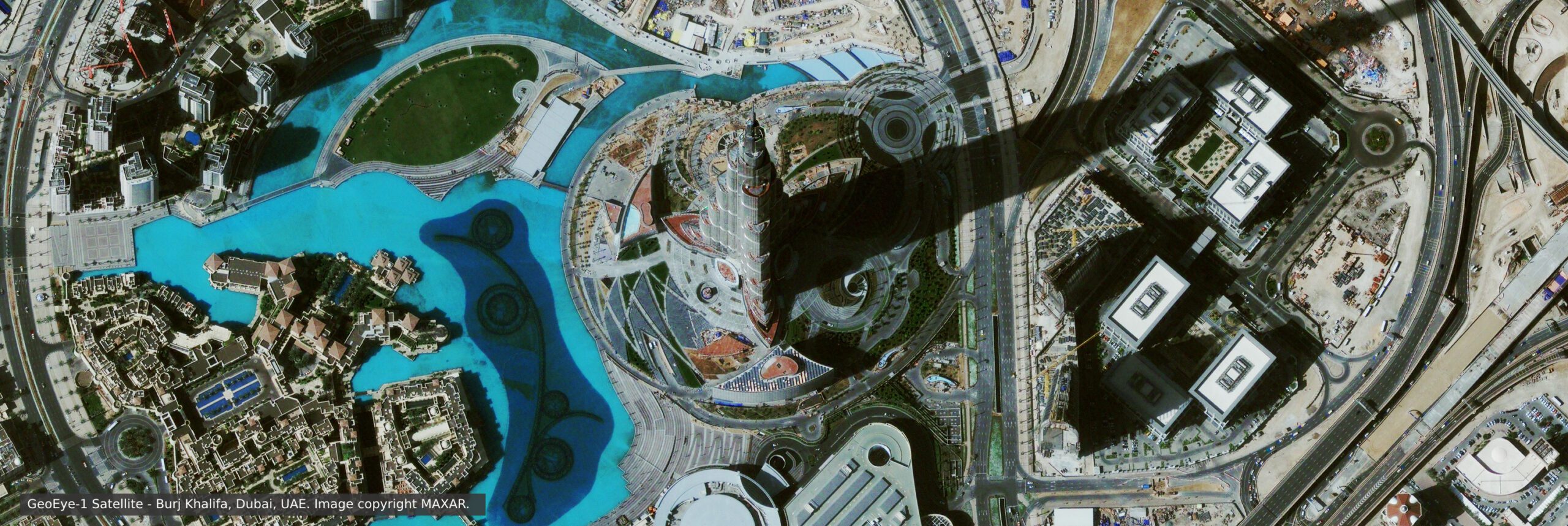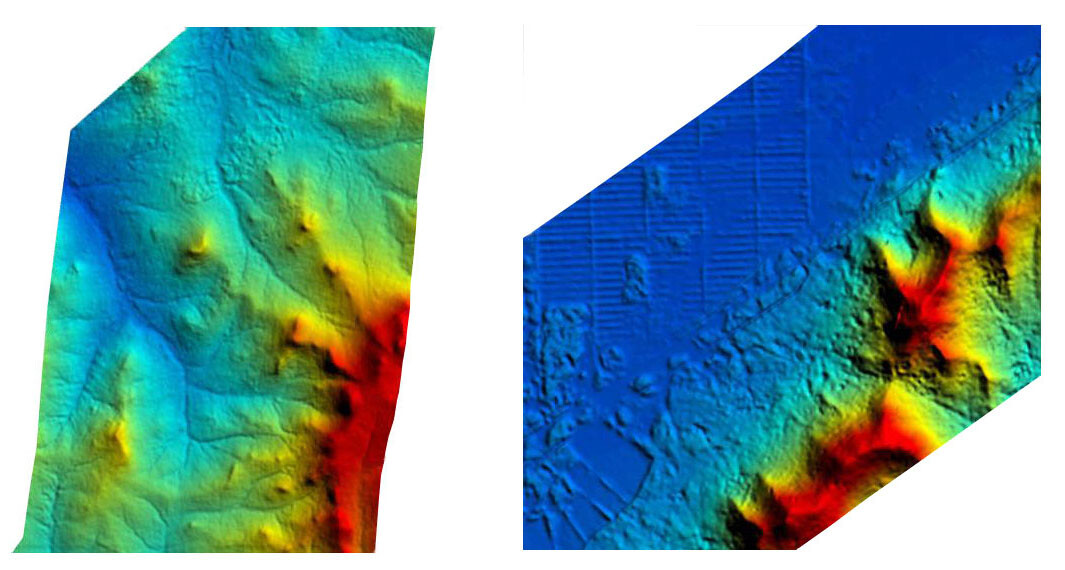GeoEye-1 Satellite Sensor Acquires Stereo Imagery
With the successful launch of the GeoEye-1 satellite sensor from Vandenberg Air Force Base in California on September 6, 2008, at 11:50:57 Hrs (PST), the successful completion of testing and calibration GeoEye released the satellite for commercial orders on February 5, 2009.
Since February 5, 2009, Satellite Imaging Corporation (SIC) received orders from various customers to acquire new GeoEye-1 mono and stereo satellite imagery with an image resolution of 0.5 meters supporting county tax mapping, engineering/ construction, mining, land development, and natural resources management.
Satellite imagery is used for many GIS and CAD applications requiring detailed up-to-date image data for planning purposes and change detection. For three-dimensional (3D) applications, Digital Elevation Models (DEMs), and contours can be delivered through high-cost aircraft-based LiDAR surveys. But with constricted budgets, elevation data is sometimes obtained from old and unreliable data sources with 10 meters or 30-meter postings. For international project planning, many exploration and engineering companies are limited to 30m ASTER DEM data sets or Shuttle Radar Topography Mission (SRTM) 90 meter DEM data to have access to digital terrain models. When local topographic maps are available at a suitable scale, elevation contours are sometimes extracted from the topographic maps.
3 Meter IKONOS DSM – Pipeline Corridor
Image copyright © MAXAR and processed by Satellite Imaging Corporation. All rights reserved.
The GeoEye-1 and IKONOS satellite sensors provide the best solution for organizations and companies requiring cost-effective high-resolution image data and Digital Terrain Models (DTMs).
“With the increased geo-location position accuracy of the GeoEye-1 satellite sensor the number of required GPS-derived Ground Control Points (GCP’s) can be drastically reduced, thereby reducing operational cost and security risks in foreign countries, making the GeoEye-1 satellite sensor a platform of choice to acquire 0.5-meter high-resolution imagery and DEM products,” said Leopold Romeijn, President of Satellite Imaging Corporation.
Covering large areas a horizontal position accuracy of <1 meter can be obtained with just one or two GCPs, and without any GCPs, geo-location accuracies of <5 meters can be achieved depending on terrain conditions and collection geometry during the time of image data collection.
GIS and CAD professionals are now able to work with satellite imagery at 0.5-meter resolution, 2-meter digital raster DEMs, 1-meter elevation contours, and TIN models, thereby facilitating a 3D computer work environment, supporting the planning and construction of roads, facilities, pipelines, and many other project applications.


